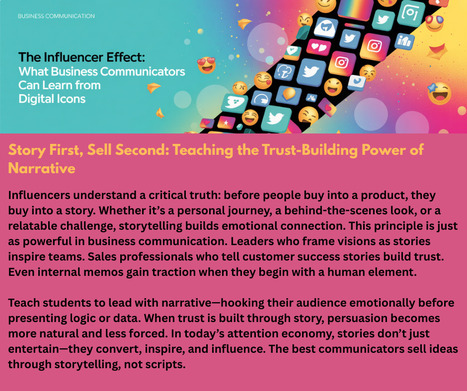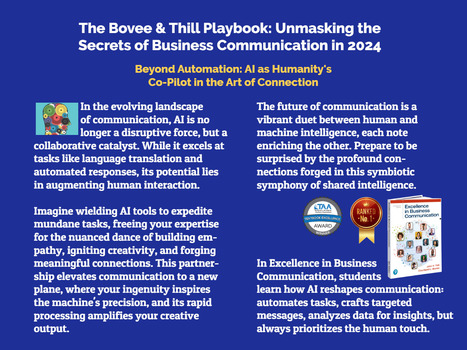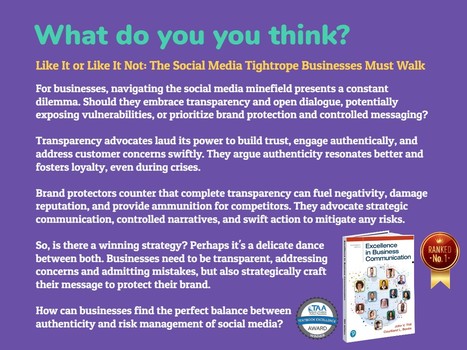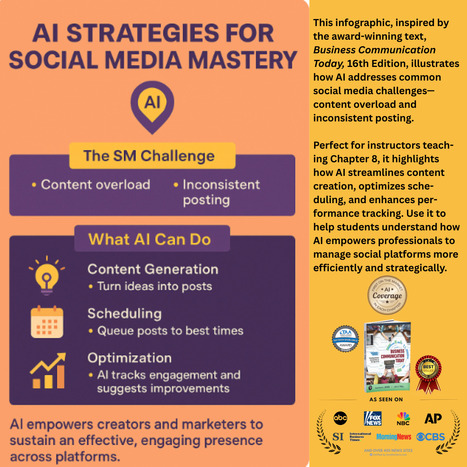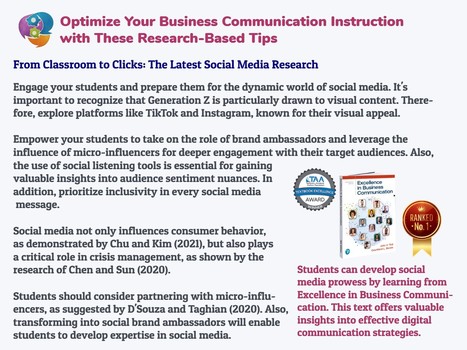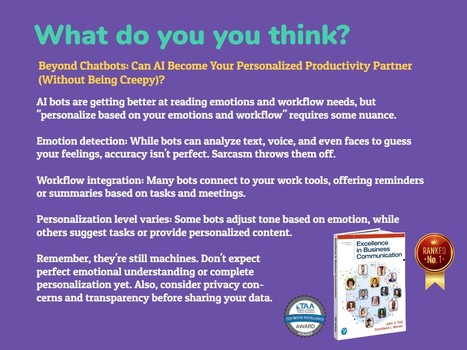
Get Started for FREE
Sign up with Facebook Sign up with X
I don't have a Facebook or a X account

 Your new post is loading... Your new post is loading...
 Your new post is loading... Your new post is loading...
No comment yet.
Sign up to comment
From
youtu
Imagine a fresh approach to equipping students for social media's AI transformation. Here's the stunning revelation: Today, over 80% of companies will use AI in their social media strategies. Sprout’s Pulse Surveys dig into the current state of social media, from platform and content preferences to buying habits. Explore the latest trends and data from the entire digital landscape.
|
|






